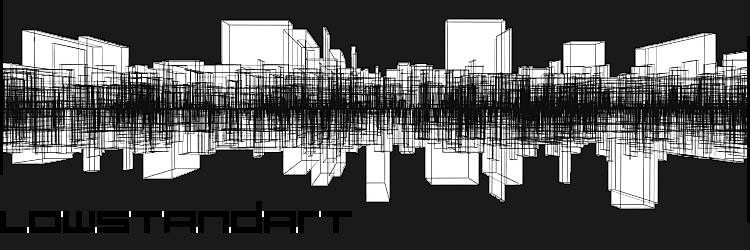Thursday, September 24, 2009, 21:21
excerpt below partly on my 'TODO' work:Mediated_Remains: hidden bits of ourselves
*
The following text is an excerpt from Josephine Bosma's essay 'Mediated Remains: hidden bits of ourselves', june 2007.
*
Defragging Culture
There are also other trails through the static. The digital terrain is layered, logical, but 'flexible'. We create distinctions and rules in this environment that are by no means demanded by its structure. We tend to disregard the importance of what we choose to leave out (and what we can only hide from sight). As we develop our physical selves in this further mediated environment (as in Katherine Hayles' posthuman) we accumulate a huge amount of technological and cultural debris in our trail, which is just as telling about us as our 'official', neatly raked path is. In the digital age the amount of hastily discarded trash and obscured technological traces has grown exponentially.
This explosion of technical, cultural and social traces might be a nightmare for authorities, but they offer a radically fertile ground for all kinds of explorations. The fecundity of our current media environment is almost poisonous in its strength. It is because of this that we witness an explosion of all kinds of play with existing digital structures (like SecondLife, Google or social software such as MySpace). Artists and designers are tapping into the boiling sources of our information flows and they find a huge amount of superfluous, hidden, 'cached', filtered, forgotten or trashed material to toy with. This is the new wealth: a simultaneous, indistinguishable production of culture and cultural sources.
In 1998 the american artist Perry Hoberman presented an installation called 'Systems Maintenance' at the Rotterdam based institution for unstable media V2. In this installation the audience was invited to allign a set of furniture in physical space with its copy in digital space, the result of which could be followed realtime via a projection on the wall. This deceivingly simple work revealed its magic when interacting with it. It turned out to be very, very difficult to allign the apparently identical objects in the two different worlds. Frustration and despair grew by the second. 'Systems Maintenance' was a brilliant combination of poetic and conceptual gestures. I was reminded of it when seeing Walter Langelaar's project 'TODO (Tangled_Object_Description_Overview)'. Langelaar uses 3D object material from Second Life which is 'mixed' with a representation of the WORM building (in which the Media Design graduation show takes place) taken from Google Earth. The new virtual structure that is created this way is then 'collided' with the original building. Differences are emphasized by adding them to the original building physically, by "perforating" the real space with virtual architecture. Whereas Hoberman lets the audience actively experience the awkward split between physicality and activity in real and virtual environments, Langelaar chooses a more subtle approach.
Much like Jan Robert Leegte, just like Langelaar originally a sculptor, he creates a sense of estrangement by literally placing virtual objects outside of the digital grids into the real world. If Hoberman is skeptical of our new environments, Leegte and Langelaar experience it much more as a room for play and surprise.
The mathematical structure of the internet, despite the human landscape created in it, simply begs for systematic and generative art practices to explore it. Like traditional sculptors will see a lump of clay or wood and feel the possible structures inside of it, artists working with the net see connections and metastructures most of us are blind to.







